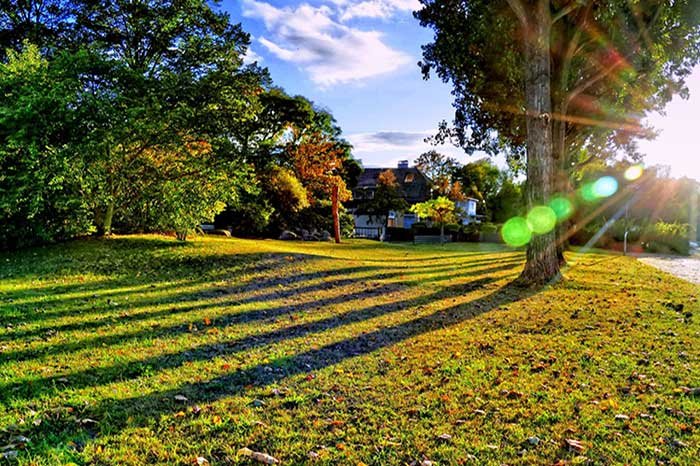Though they look somewhat similar to the orchids you’d find at your local florist, dendrobium phalaenopsis are actually quite different in care and appearance. If you’re considering bringing one of these exotic flowers into your home, we’ve got all the info you need on how to properly care for it so that it thrives and brings you joy year after year! Check out our complete guide to caring for dendrobium phalaenopsis below.
How to Grow Phalaenopsis Orchids
If you want to grow phalaenopsis orchids, also known as moth orchids, you’re in for a treat. These beautiful flowers are relatively easy to care for, and with the right tips, you can enjoy them for years to come. Here’s what you need to know -Dendrobiums like warm, but not hot temperatures. Keep your phalaenopsis between 60-75 degrees Fahrenheit at all times.
-Dendrobiums should be watered from below (do not water from above). They prefer light waterings that are evenly dispersed over their leaves so they don’t rot away. Too much water will cause root rot; too little will make the dendrobium die of thirst
Watering & Fertilizing Dendrobium Orchids
Dendrobium orchids need to be watered about once a week, and they like to be fertilized every other week. When watering, make sure that the water is room temperature and that you let the water drain out of the pot after watering. To fertilize, use a balanced fertilizer that is diluted to half strength.
Light Requirements
One of the most important things to consider when caring for a dendrobium phalaenopsis orchid is its light requirements. This orchid prefers bright, indirect sunlight and will do best if it receives 12 hours of light per day. If you cannot provide this much light, you can supplement with artificial grow lights.
Temperature Needs Dendrobium Phalaenopsis
Dendrobium phalaenopsis orchids prefer warm temperatures and will do best in an environment that is between 65 and 85 degrees Fahrenheit during the day and 10 to 15 degrees cooler at night. If the temperature dips below 50 degrees, the leaves of the plant will start to turn yellow and drop off.
Orchid Pests and Diseases
As with any plant, orchids are susceptible to pests and diseases. The most common pests are aphids, mealybugs, thrips, and scale. These pests can cause stunted growth, leaf discoloration, and flower bud drop. The most common diseases are root rot, crown rot, and leaf spot. These diseases can be caused by too much or too little water, poor drainage, or fungal infections.
Air Circulation and Humidity in Orchid Growing
Good air circulation is essential for orchids because it helps prevent stagnant air around the plant which can lead to fungal growth. Maintaining a relative humidity of 40-60% is ideal for most orchids, and you can increase the humidity around your plant by grouping it with other plants, using a humidifier, or placing it on a pebble tray.
Repotting a Dendrobium Phalaenopsis
The best time to repot your orchid is in the spring, after it has finished blooming. Gently remove the plant from its current pot and shake off any excess old potting mix. Choose a new pot that is only 1-2 inches larger in diameter than the old one, and fill it with fresh, well-draining potting mix. Place the plant in the new pot and water it well.
Dendrobium Flowers, Odors, Buds, Pollination, Seed pod formation
The dendrobium orchid is a genus of flowering plants that includes more than 1,000 species. The name dendrobium comes from the Greek words dendron, meaning tree, and bios, meaning life. The dendrobium orchid is native to tropical and subtropical Asia, including India, China, Japan, and Indonesia. The flowers of the dendrobium orchid are typically white with a yellow center, but they can also be pink, purple, or blue.
Colored Leaves on an Ornamental Orchid
The dendrobium phalaenopsis orchid is a beautiful plant that is characterized by its colored leaves. The leaves of this plant are usually green, but they can also be found in other colors, such as pink, purple, or white. This plant is native to the tropical regions of Asia and Australia, and it is often used as an ornamental plant in these areas.
What are the different colors of Dendrobium Phalaenopsis?
Dendrobium Phalaenopsis come in a variety of colors including white, pink, yellow, purple, and red. Each color is unique and beautiful in its own way. The most popular colors are white, yellow, and purple.
What are the different shapes of Dendrobium Phalaenopsis?
The shapes of Dendrobium Phalaenopsis can be divided into three main groups: compact, intermediate, and large. The compact group has the smallest flowers and leaves, while the large group has the largest. The intermediate group falls somewhere in between. If you’re not sure which type you have, look at the size of your plant against other plants in your collection. If it’s on the smaller side, it’s likely a compact shape. If it’s on the larger side, it’s likely a large shape.





